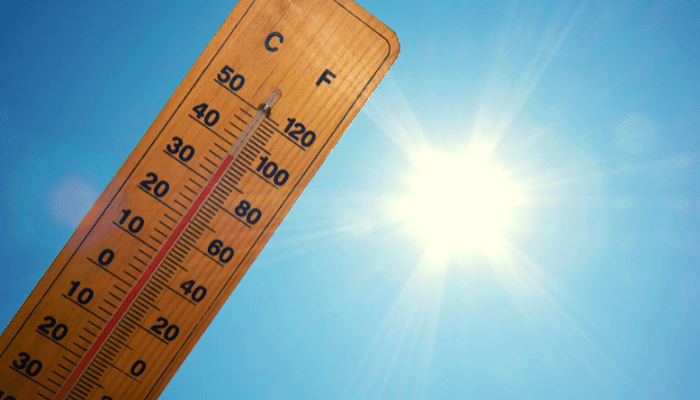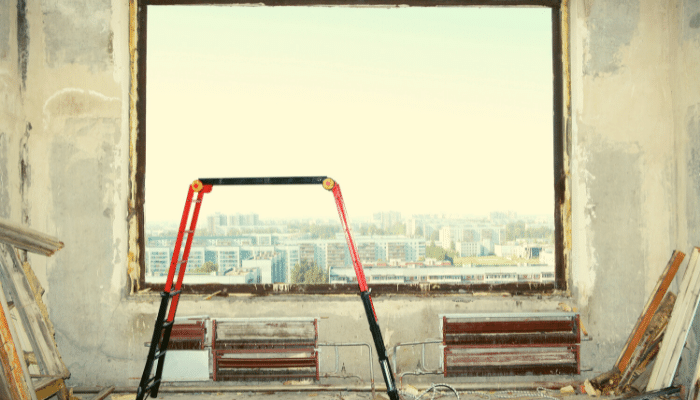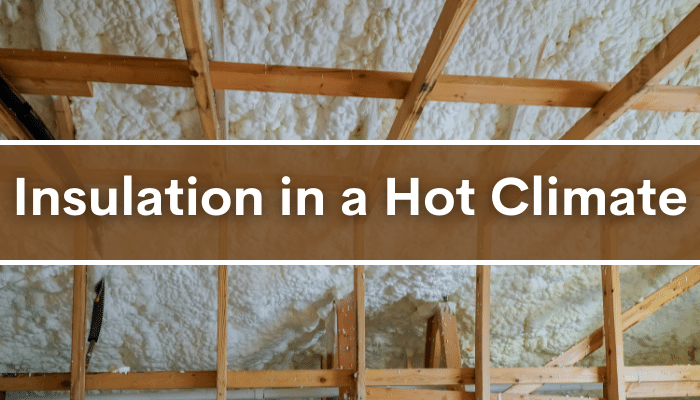Insulation is a regional topic. For a Phoenix home, the best advice can prove disastrous. A local contractor can help you insulate your home correctly.
However, almost all of the insulation advice I’ve seen online is focused on cold climates. I thought it was high time to give some attention to those who live in the Sunbelt.
My work is mostly based in Florida so insulation in a hot climate is easy in my backyard. How can you tell if you live in a hot environment? If more days are spent using heat than air conditioning, you’re in a hot environment. You will live in a cold environment if you heat more days than your air conditioner.
A side note: The Nest Thermostat offers cool reports that show you how much time you have cooled and heated each month. The information was extremely helpful when we got it recently.
This is a very black-and-white delineation. For those in the middle, you will likely need to use a bit of both insulation techniques.

Insulation for a Hot Climate
Insulation slows down heat transfer and works the same regardless of where you live. In a southerly climate, the heat is trying to get in from outside. There are three types of heat transfer: radiant, convective, and conductive.
Think about the temperature delta in hot climates. If you live in Houston, Texas, and the temperature outside is 96 degrees F, and the indoor temperature is 76 degrees, then that’s a 20-degree difference that you will need to overcome. Let’s say you live in Burlington Vermont, where the temperature outside is 14 degrees. It takes 54 degrees to reach a comfortable temperature of 68°F in winter. That’s huge!
Although it may seem difficult to maintain a properly insulated building in the south, it’s much more simple than in the north. You don’t have to worry as much about insulation in hot climates as you would in cold.
If you live in the southwest, where temperatures regularly exceed 110 degrees, your situation might be slightly different. However, the ideas in this article still apply. These ideas can be taken further.
Spray foam insulation is the most effective type of insulation in hot climates. It has a significantly higher R-value than other types. Insulation’s R-Value is a measure of its effectiveness.
Spray foam insulation is very popular because of its incredible R-value per in. Spray foam insulation can be applied to exterior walls as low as 4 inches in depth. This allows for a more effective layer of insulation. Spray foam can be expanded into cracks and gaps, sealing air leaks inside your home. The cost of spray foam is more expensive, but it’s well worth the investment.
Insulation: Where can you find it?
In a hot climate, there are two places where you should spend the majority of your insulation dollars. These two low-hanging fruit will produce big results for the least investment. Let’s get started.
The Attic
The scorching sun of the south will turn your attic into an oven. This is the place to start if you want to lower your energy bills. To keep heat out of your attic, focus your energy (pun intended!) on the underside and not the floor.
There are many options for insulation, including spray foam, radiant barriers, spray foam, and batts made of rock wool, denim, or fiberglass. In a previous post, I discussed the various types of insulation available and how to choose the best one.
After you have insulated the roof to its maximum extent, it’s time for the attic floor to be finished. If your attic is finished, the emphasis should be on the roof. However, for those with unfinished attics, all of it is acceptable.
Blown-in insulation is very affordable, simple to install, and can help reduce your energy bills. For as little as $600, you can fill your attic with as much insulation as you need (for a 1300 SF home, it’s $600). ).
You should be aware of a few things when you are trying to insulate an attic.

Weatherstrip Doors and Windows
Your windows and doors are the next most likely to allow heat in and AC out. It’s not about the windows being single-paned. It’s about air sealing. Heat transfer through doors and windows occurs because of tiny gaps that allow air in.
Weatherstripping a window properly costs less than $20, as opposed to replacing windows that can run into thousands of dollars and which don’t give a return on investment.
These openings can be sealed to eliminate hot drafts and reduce your energy bills.
Don’t Waste Your Money Insulating Here
My 1920s bungalow is located in Orlando, Florida. For a family with four children, our monthly energy bill is less than $175 per month. To keep my bills low, I have used insulation strategically and sparingly. I will show you places you shouldn’t insulate. The payback is so small that it’s worth it.
The Crawlspace
The crawlspace is probably the most comfortable part of your entire house all year. It is protected from the sun and is relatively cool in winter and warm in summer.
You shouldn’t insulate an area outside that is typically within 10deg of your inside temperature. Although I don’t mind if you want to insulate your crawlspace, it is usually not worth the effort, time, and expense.
Windows Replacement
Do not waste money on replacing windows. FCC has often taken replacement window companies to court for misleading advertising and lying. No window can reduce your energy costs by between 30-50% and 30%-50%. Weatherstripping original windows will allow you to keep your money and windows.
Exterior Walls
It is expensive to remove plaster or siding to fill walls with insulation. This can also cause problems. Although I don’t advocate the insulation of walls, you should have good water management before you fill a wall with any type of insulation.
Old houses are often without a way to prevent water from getting into their walls. Once you fill them with insulation (aka a sponge), you can get mold, rot, and other health problems. Deep energy retrofits are possible, but you should think about the return.
It will take 14 years for you to see the return on your investment if you spend $25,000 to renovate your house’s shell and save $150 per month on your utility bills. When it comes to insulation, always consider the return on investment.

Final Thoughts
Whether your buying or selling a home, hopefully, this gives you some insight into how to use insulation in a hot climate. It is not as difficult as it might seem.
Always start with the lowest-hanging fruits and work your way up as time and money permit. It will pay off in the long term. So, do it this way.
